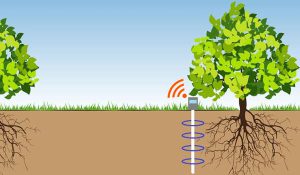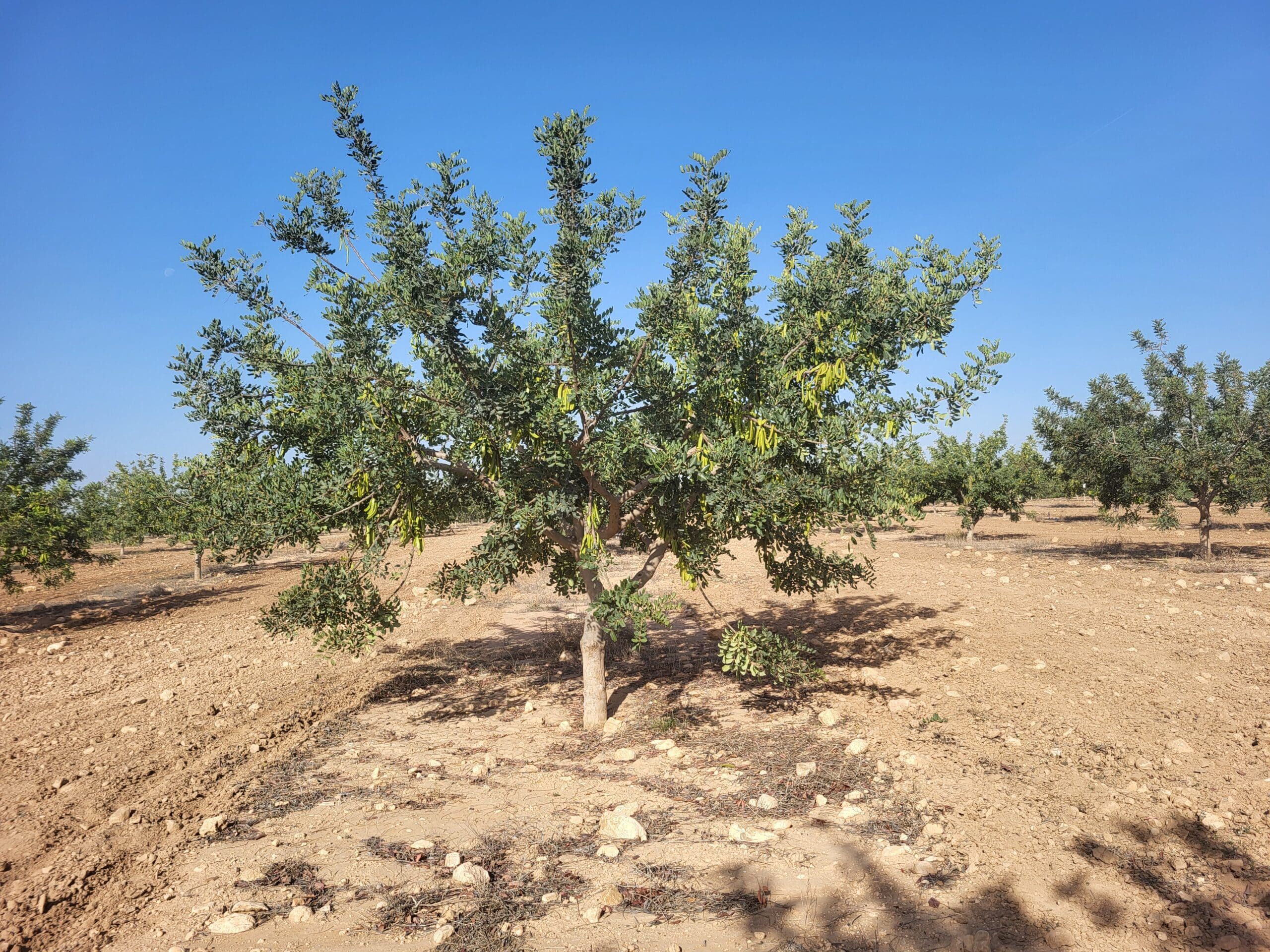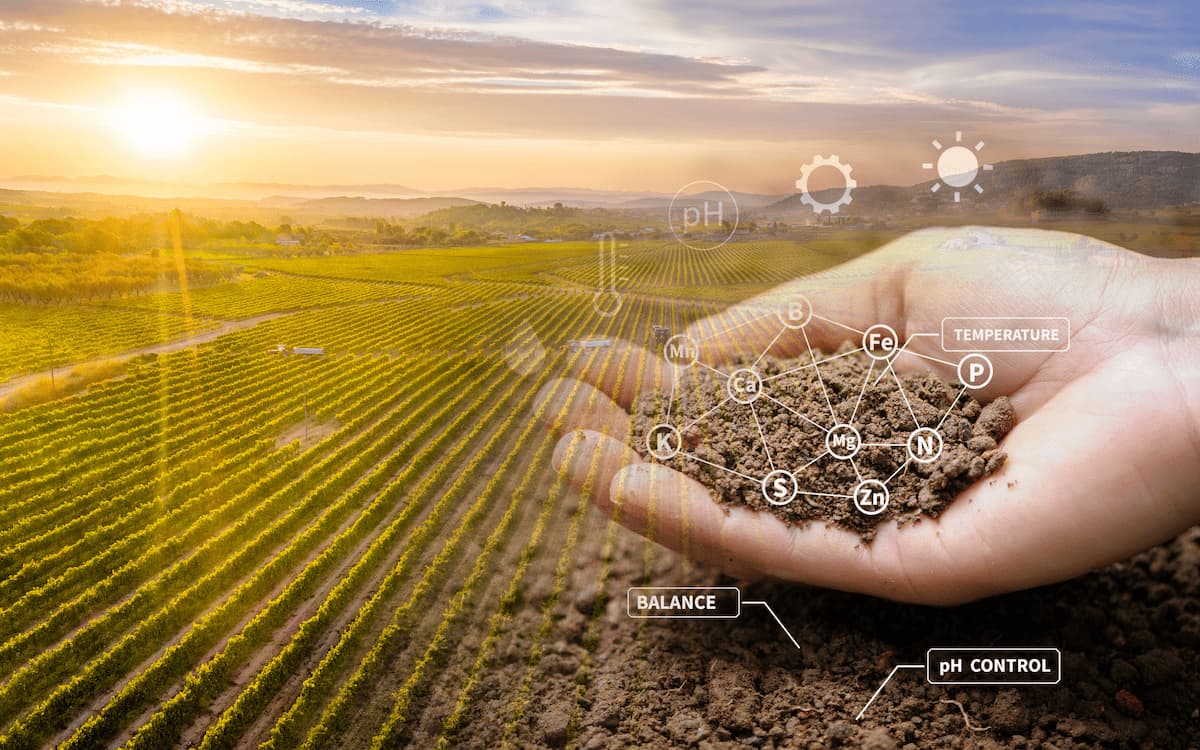Table of contents
The price of electricity in recent months has led to a significant increase in production costs in the agricultural sector, directly affecting the profitability of farms and jeopardising the viability of many of them.
In this situation, efficiency is key.
In anticipation that prices will not change in the short/medium term, here are some tips to help you reduce electricity consumption in your irrigation system.
Automated irrigation system
An automated irrigation system allows you to start and stop irrigation without the need for a person to go to the installation, so you can choose to irrigate at night, when the price of electricity is generally lower than during the day.
By implementing this measure, we can achieve electricity bill savings of up to 40%.
Adjusting pressures in the installation
We recommend reviewing the technical characteristics of the emitters and adjusting the pressures of the irrigation system to the minimum requirements recommended by the manufacturer.
This will reduce the supply pressures to the irrigation network to adjust to the minimum pressure required at the most unfavourable point of the installation, which consequently produces electrical savings.
Use low flow emitters
By using low-flow emitters, the nominal flow rate of the irrigation system is reduced, allowing the use of less powerful pumping equipment and reducing electricity consumption.
Sectorise the installation
A correct dimensioning of the sectors allows to reduce the required flow rate. The most interesting option would be to dimension the sectors to take advantage of all available valley hours.
Check the length of the drip leg
We frequently find irrigation installations in which the lengths of the drip lines are close to or equal to the maximum values recommended by the manufacturers.
However, we must bear in mind that, although this sizing contributes to a lower initial investment cost, it entails a significant additional energy cost in the medium and long term, since the energy required to reach the working pressures in the final sections of the drip lines is much higher.
Use larger diameter pipes
The use of irrigation branch, branch line, tertiary, secondary and primary pipe diameters reduces pressure loss in the network and achieves greater uniformity, reducing energy consumption.
Use frequency converters and variable speed pumping equipment
A frequency converter is an electronic device that regulates the power supply to the pumping equipment, adjusting its speed to the needs of the installation at any given time.
This system avoids consumption peaks and adjusts the pump characteristic curve, resulting in significant energy savings.
Install automatic and low pressure filtering equipment
If you have manual cleaning filtering equipment, these may generate a greater loss of pressure due to dirt accumulation than automatic equipment. This pressure loss must be offset by the pumping equipment and this, consequently, increases electrical consumption at the installation.
One of the main advantages of self-cleaning filtering equipment is that the maximum pressure drip is set at around 0.4-0.5 bar, which are the starting values for cleaning. Therefore, the pressure difference is always kept below these values during the entire irrigation period.
There are now self-cleaning disc filtering systems on the market that are capable of self-cleaning at as little as 1.5 bar, which saves additional energy during the cleaning process.
Place moisture probes to monitor the crop
Moisture probes provide relevant data to adjust irrigation to the needs of the crop.
The information and data they provide allows to generate water savings, compared with the installations that lack this device, which often generate significant water losses due to percolation.
The lower the water consumption, the lower the electricity consumption.
Use photovoltaic solar energy
The use of solar energy to supply an irrigation system is undoubtedly one of the best options, both for profitability and for a more sustainable production.
One of the main barriers to this alternative is the initial cost of the investment, but more and more people are becoming aware of the numerous benefits in the medium and long term.
The installation could be amortised over a period of 4 to 8 years, depending on the possibility of benefiting from the various subsidies given by the Administration.
In conclusion, there are many alternatives that you can implement to reduce electricity consumption in an irrigation system and obtain greater precision, sustainability and profitability of the farm.
If you want to know more about the solutions we offer at AZUD, do not hesitate to contact us here.






